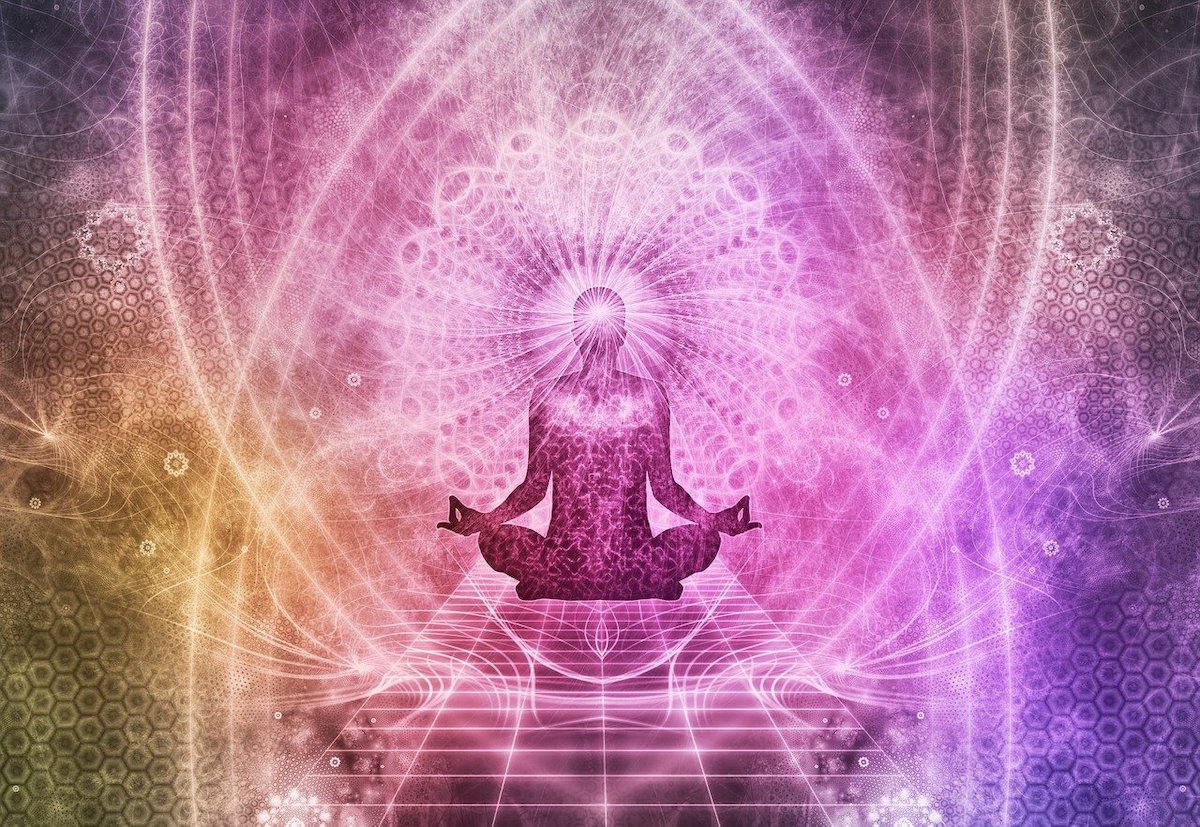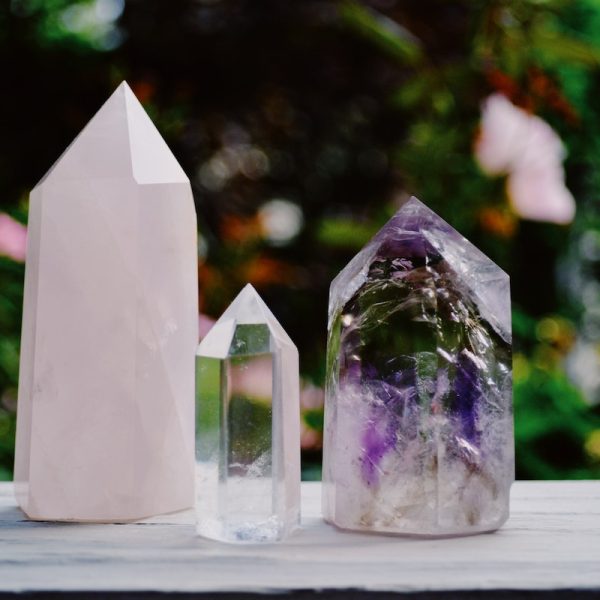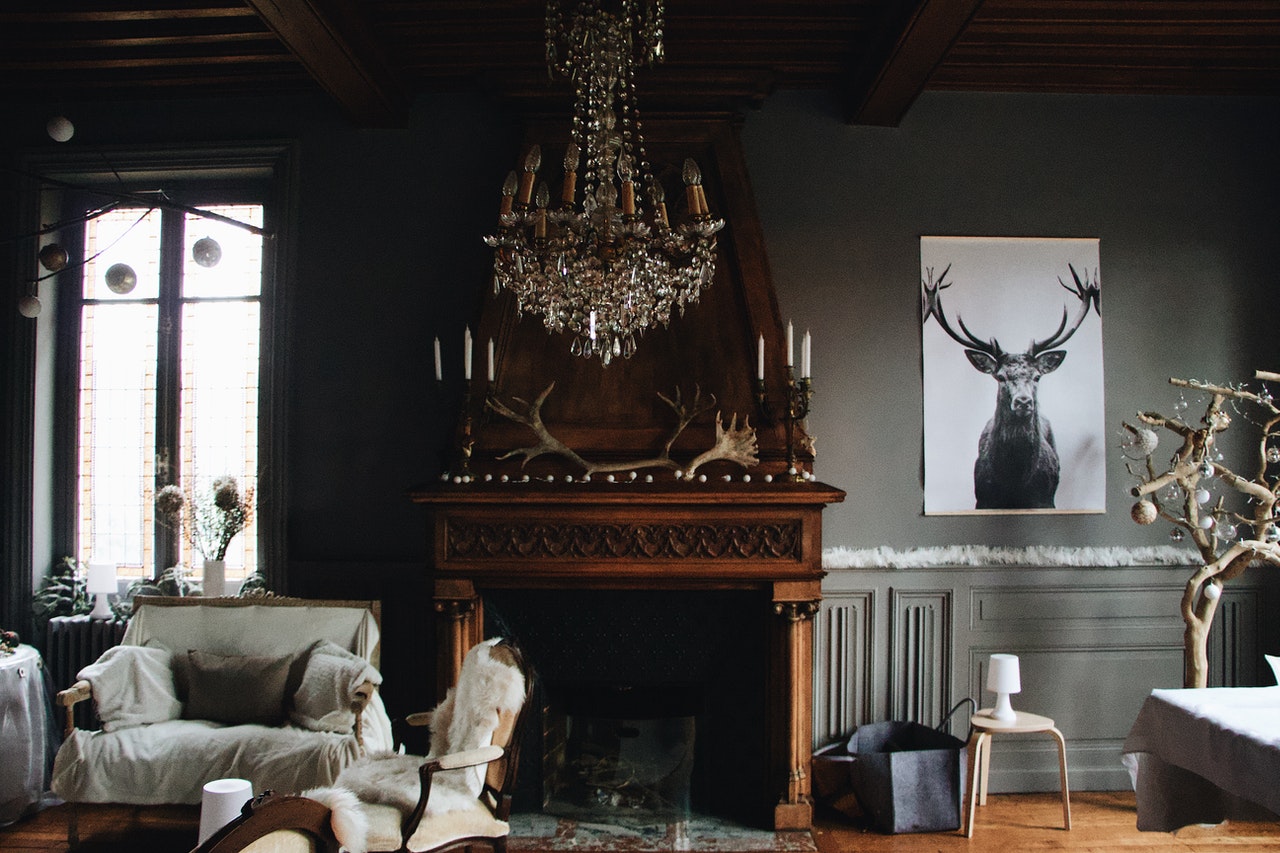Mood rings have always been a fascinating accessory that people have loved for decades. The concept behind it is that mood ring colors change according to the wearer’s emotional state – which is a cool and exciting feature for most people especially since there’s actual science involved.
It also makes for a fun fashion accessory. Fashion trends tend to come back every now and then, and just like the return of Y2K fashion, the mood ring, with its ability to change colors, is gaining popularity once again.
You must be curious about what exactly these mood ring colors signify, or how mood ring colors change their hue.
So here’s a look at mood ring colors and meanings as well as the science behind it all.
- Mood ring colors and meanings
- What does a Black Mood Ring mean?
- What does a Red Mood Ring mean?
- What does an Orange Mood Ring mean?
- What does a Yellow Mood Ring mean?
- What does a Green Mood Ring mean?
- What does a Blue Mood Ring mean?
- What does a Purple Mood Ring mean?
- What does a White Mood Ring mean?
- What does a Pink Mood Ring mean?
- What does a Turquoise Mood Ring mean?
- What does a Blue-Green Mood Ring mean?
- What does a Green Turquoise Mood Ring mean?
- What does a Blue Turquoise Mood Ring mean?
- What does a Green Purple Mood Ring mean?
- What does a Blue Purple Mood Ring mean?
- What does a Red Violet Mood Ring mean?
- How Mood Rings Work
- Do mood rings actually work?
- What finger does a mood ring go on?
Mood ring colors and meanings
So what do the colors mean on a mood ring?
The color or pattern of the mood ring indicates what one’s feelings are at the moment. On a scientific level, the colors of the mood ring are basically indications of temperature. When the color is vivid, or intense, this means that your body is warm. On the other hand, when the color is dark, it means that your body’s temperature has fallen.
Think about your feelings during moments when your hands go cold and then compare it to what you’re feeling when your hands are warm.
You may feel a range of emotions like happy, sad, frustrated, nervous, sleepy or bored, and it will all reflect on your temperature.
The following are general guidelines about what can be interpreted from these colors:

What does a Black Mood Ring mean?
This is the color you’ll see whenever you’re not wearing the jewelry because it’s the baseline color. But if you’re wearing the ring and it turns black, it means that you are emotionally exhausted or under severe emotional stress at this point in time.
However, if the black section is only blended with another color on your mood ring, it can mean that you have an unconscious awareness of a problem or situation which has been causing you to feel negative emotions.
What does a Red Mood Ring mean?
If your ring turns red, it means you are angry. However, if the red section is in an even mix with another color (e.g., turquoise), this usually indicates sexual arousal. It can also mean that you are emotionally aroused by something or someone around you.
What does an Orange Mood Ring mean?
Orange occurs when the person wearing the ring is aroused by what they see around them; it can indicate lust and/or strong emotional feelings towards another person. Other colors in this region of the scale cancel out the effects of orange (such as green).
What does a Yellow Mood Ring mean?
Yellow is associated with happiness and optimism. The presence of other colors in this region cancels out the effects of yellow (such as red-violet).
What does a Green Mood Ring mean?
Green can indicate trust. It also shows that you are flexible or adaptable to a situation. Blended turquoise, green, and blue ring colors usually indicate an environmental influence on the wearer’s emotions.
What does a Blue Mood Ring mean?
This color shows that you are intellectually stimulated or inspired at this moment in time. Other colors in this region can cancel out the effects of blue (such as yellow).
What does a Purple Mood Ring mean?
This is associated with spirituality, but can also indicate creative energy or passion for something. However, if the violet section is only blended with another color on your mood ring, it can mean that you are sexually aroused by something around you.
What does a White Mood Ring mean?
If your ring shows a full white circle, it means that your body is fighting a sickness or illness of some sort. The more even mixes of colors present in the white region will cancel out the effects of white (such as black).
What does a Pink Mood Ring mean?
The pink section of a mood ring indicates sexual arousal or excitement. This can also mean that you are emotionally aroused by someone or something around you.
What does a Turquoise Mood Ring mean?
When turquoise appears on your ring, this refers to physical well-being and thus can indicate that your body is healthy. It could also mean that you are in a state of relaxation. Green – This means flexibility or adaptability in a situation. Blended turquoise and green ring colors will usually indicate an environmental influence on the wearer’s emotions.
What does a Blue-Green Mood Ring mean?
Blue-green would show that you’re not sure about something; it probably indicates indecisiveness, but there might be other factors influencing the color at this point (for example, stress).
What does a Green Turquoise Mood Ring mean?
A blending between turquoise and green likely shows that the person wearing the ring has been exposed to some sort of chemical/drugs/alcohol beforehand; these colors can also indicate that you are happy but tired.
What does a Blue Turquoise Mood Ring mean?
The combination of turquoise and blue can reduce stress, possibly by calming the mood or environment around the wearer. However, if the ring is an even mix of both shades, it can also indicate emotional distress or manic behavior.
What does a Green Purple Mood Ring mean?
If your mood ring turns greenish-purple it means you are indecisive about something at this point in time; there might be other factors influencing these colors (for example, drugs).
What does a Blue Purple Mood Ring mean?
This color often shows that you are thinking deeply about something or concentrating on a problem at hand or that you are inspired by something. It is also known to show affection.
What does a Red Violet Mood Ring mean?
This color is known to show hatred or anger, but there are other factors that could be influencing this mood.
How Mood Rings Work

Mood rings are made of thermotropic liquid crystal, which is essentially plastic with molecules that can crystallize in different formations depending on temperature changes.
In their dormant state, these liquid crystals have molecules that all lie in the same direction, parallel to each other. These crystals are placed in a thermometer-like device that then detects the temperature of the finger on which the ring is being worn, and causes all the molecules in the liquid crystal to turn at once in response to changes in body temperature.
As this occurs, light is refracted through the substance, causing different colors to appear depending on differences in the molecular structure of the plastic.
Generally, mood rings turn blue at room temperature or when the wearer is feeling cold or depressed; they turn green when warm or excited, and they turn yellow when angry or anxious.
However, not all mood rings work exactly like this. Some use different types of liquid crystals that respond to different ranges of temperatures. Others respond to the amount of pressure that is being applied, or how much light is being reflected off the skin. Most mood rings will change color at body temperature, but there are others that have been designed to change colors in response to changes in room temperature.
Mood rings were invented by Joshua Reynolds in 1975 and were popular until about 1980. The average life span of a mood ring is estimated to be up to two years. After that, they would settle into a shade of black. However, mood rings are known to break or fade after extended periods of time, so there is no definite way to determine how long a mood ring will last.
Do mood rings actually work?
Yes. They give you a clue as to what the wearer’s mood is based on their temperature, but it’s not wise to rely on it.
A mood ring’s ability to read moods doesn’t have any real scientific accuracy, but it’s an indicator of your body’s involuntary physical reaction to the current state of your emotions.
Since mood rings respond to your body temperature, it’s possible that mood rings may not be an accurate representation of your mood. But it can still be considered as a way to tell what emotion someone might be going through based on their body temperature.
What finger does a mood ring go on?
A mood ring can be placed on any finger.
However, if you’re thinking about putting it on your most sensitive finger, then that would be the smallest finger or your little finger. Researchers found that the finger with the smallest fingertips are likely the most sensitive as the distribution of sensory receptors is closer.
Aside from mood rings, there are other mood jewelry available in the market. For example, there are now mood necklaces and bracelets sold in various shops that cater to both adults and children alike. If you’re looking for accessories that you can get online, then mood jewelry should be on your list.
Mood bracelet and necklace colors also have similar meanings as mood rings, since they’re fundamentally made from the same materials.
It’s important to note that just because the color of your mood jewelry changes doesn’t mean that you have to change your emotions. A mood ring may not be able to judge your mood or emotional state accurately but it can determine your temperature.




